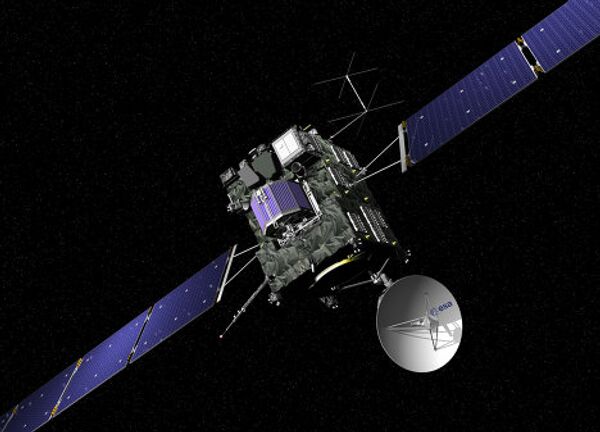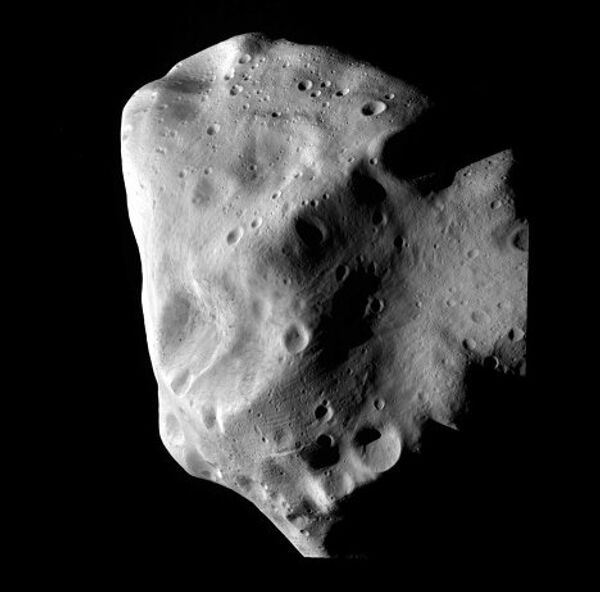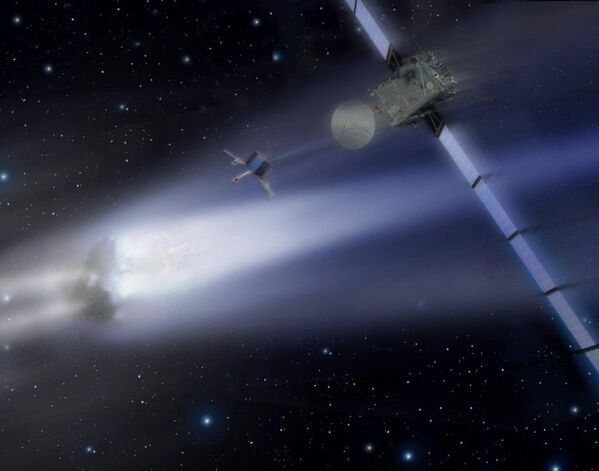Specialists of the European Space Agency (ESA) provided the first photos taken by the European probe Rosetta when it was passing the 120-kilometer asteroid Lutetia.

Specialists of the European Space Agency (ESA) provided the first photos taken by the European probe Rosetta when it was passing the 120-kilometer asteroid Lutetia.
Photo: Rosetta probe.
Photo: Rosetta probe.

The photographs made by the OSIRIS camera at the time of the closest approach with a celestial body at a distance of about 3,200 kilometers. The details of the asteroid’s surface (craters) are shown clearly.

3/6
© ESA
The smallest visible details on these pictures are only 60 meters.
Photo: picture of Lutetia made by the Rosetta probe at a close distance.
Photo: picture of Lutetia made by the Rosetta probe at a close distance.

4/6
© ESA
According to the calculations, the asteroid rendezvous took place at 18.10 CET (20.10 Moscow time) on July 10.
Photo: picture of Lutetia made by the OSIRIS camera on Rosetta’s probe at a distance of 80,000 kilometers.
Photo: picture of Lutetia made by the OSIRIS camera on Rosetta’s probe at a distance of 80,000 kilometers.

The rendezvous with Lutetia was the first opportunity in the history of mankind to examine an asteroid of this size at such a close distance.
Photo: picture of Lutetia made by the Rosetta probe at a close distance.
Photo: picture of Lutetia made by the Rosetta probe at a close distance.

The Rosetta probe was launched into space more than six years ago from Kourou in French Guiana on the Ariane 5launcher. Its main task is to study the 67P/Churyumov-Gerasimenko comet discovered by Kiev astronomers Klim Churyumov and Svetlana Gerasimenko in 1969.
Photo: Rosetta probe.
Photo: Rosetta probe.



